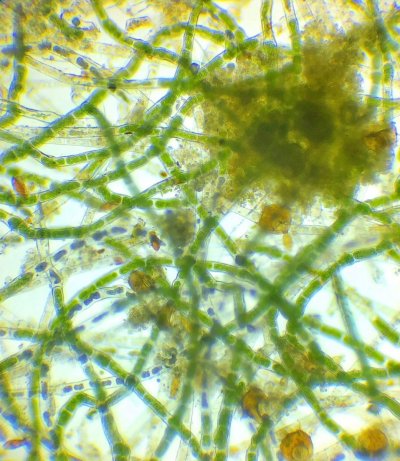My question pertains to what I’ve seen going on in my system and I’d like to try to understand it from a chemistry perspective. My system is about 14 months old and I was able to beat GHA and cyano at about the 10 month mark and was totally free of them for about 3 months. About a month or so ago I connected a refugium and added caulerpa to it. Around this same time I removed my algae turf scrubber from my sump. Now over the past month GHA and cyano have returned to my display.
My hopes were that the Caulerpa would take the place of the turf scrubber. At first the caulerpa did grow a bit but now the refugium has tons of hair algae in it and the caulerpa has stopped growing.
So my question is how/why does the hair algae outcompete the macroalgae on a molecular level. I’ve also tried chaeto in this system and it slowly withered away.
My hopes were that the Caulerpa would take the place of the turf scrubber. At first the caulerpa did grow a bit but now the refugium has tons of hair algae in it and the caulerpa has stopped growing.
So my question is how/why does the hair algae outcompete the macroalgae on a molecular level. I’ve also tried chaeto in this system and it slowly withered away.




















